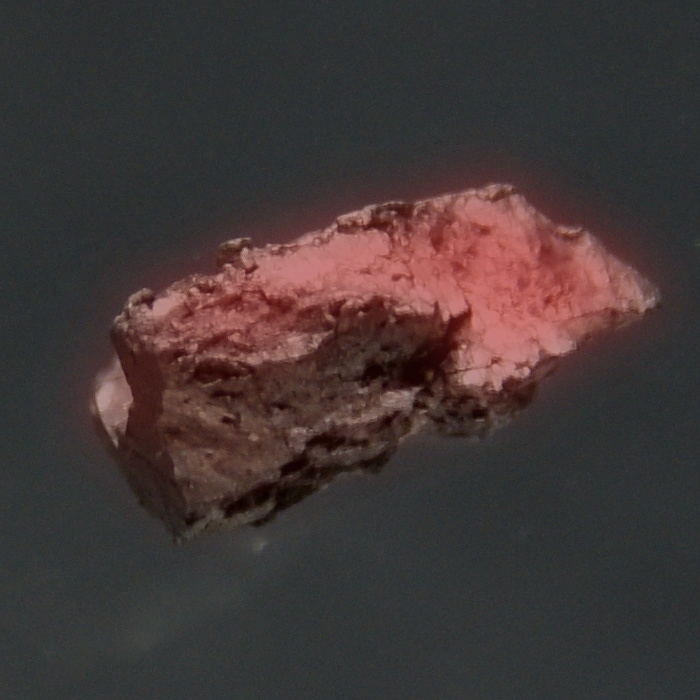Curium
96
Cm
Gruppe
n/a
Periode
7
Blok
f
Protoner
Elektroner
Neutroner
96
96
151
Generelle Egenskaber
Atomnummer
96
Atommasse
[247]
Masseantal
247
Kategori
Actinider
Farve
Sølv
Radioaktiv
Ja
Curium is named after Madame Curie and her husband Pierre Curie
Krystalstruktur
Simpel Hexagonal
Historie
Curium was discovered by Glenn T. Seaborg, Ralph A. James and Albert Ghiorso in 1944 at the University of California, Berkeley.
It was produced by bombarding plutonium with alpha particles during the Manhattan Project.
Curium metal was produced only in 1951 by reduction of curium fluoride with barium.
It was produced by bombarding plutonium with alpha particles during the Manhattan Project.
Curium metal was produced only in 1951 by reduction of curium fluoride with barium.
Elektroner i hver skal
2, 8, 18, 32, 25, 9, 2
Elektronkonfiguration
[Rn] 5f7 6d1 7s2
Curium accumulates in the bones, lungs and liver, where it promotes cancer
Fysiske Egenskaber
Tilstandsform
Fast stof
Massefylde
13,51 g/cm3
Smeltepunkt
1613,15 K | 1340 °C | 2444 °F
Kogepunkt
3383,15 K | 3110 °C | 5630 °F
Smeltevarme
n/a
Fordampningsvarme
n/a
Varmefylde
-
Forekomst i jordskorpen
n/a
Forekomst i universet
n/a

CAS-nummer
7440-51-9
PubChem CID-nummer
n/a
Atomare egenskaber
Atomradius
174 pm
Kovalent radius
169 pm
Elektronegativitet
1,3 (Paulings skala)
Ioniseringspotentiale
5,9915 eV
Atomvolumen
18,28 cm3/mol
Varmeledningsevne
0,1 W/cm·K
Oxidationstrin
3, 4
Anvendelser
Curium is mainly used for scientific research purposes.
Curium is a common starting material for the production of higher transuranic elements and transactinides.
The most practical application of 244Cm is as α-particle source in the alpha particle X-ray spectrometers (APXS).
Curium is a common starting material for the production of higher transuranic elements and transactinides.
The most practical application of 244Cm is as α-particle source in the alpha particle X-ray spectrometers (APXS).
Curium is harmful due to its radioactivity
Isotoper
Stabile isotoper
-Ustabile isotoper
233Cm, 234Cm, 235Cm, 236Cm, 237Cm, 238Cm, 239Cm, 240Cm, 241Cm, 242Cm, 243Cm, 244Cm, 245Cm, 246Cm, 247Cm, 248Cm, 249Cm, 250Cm, 251Cm, 252Cm